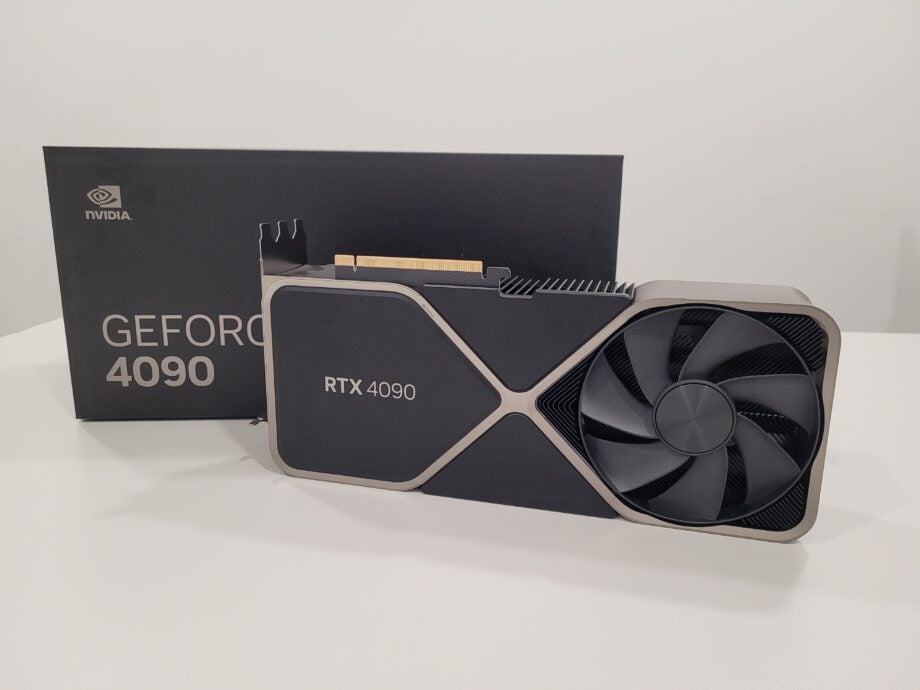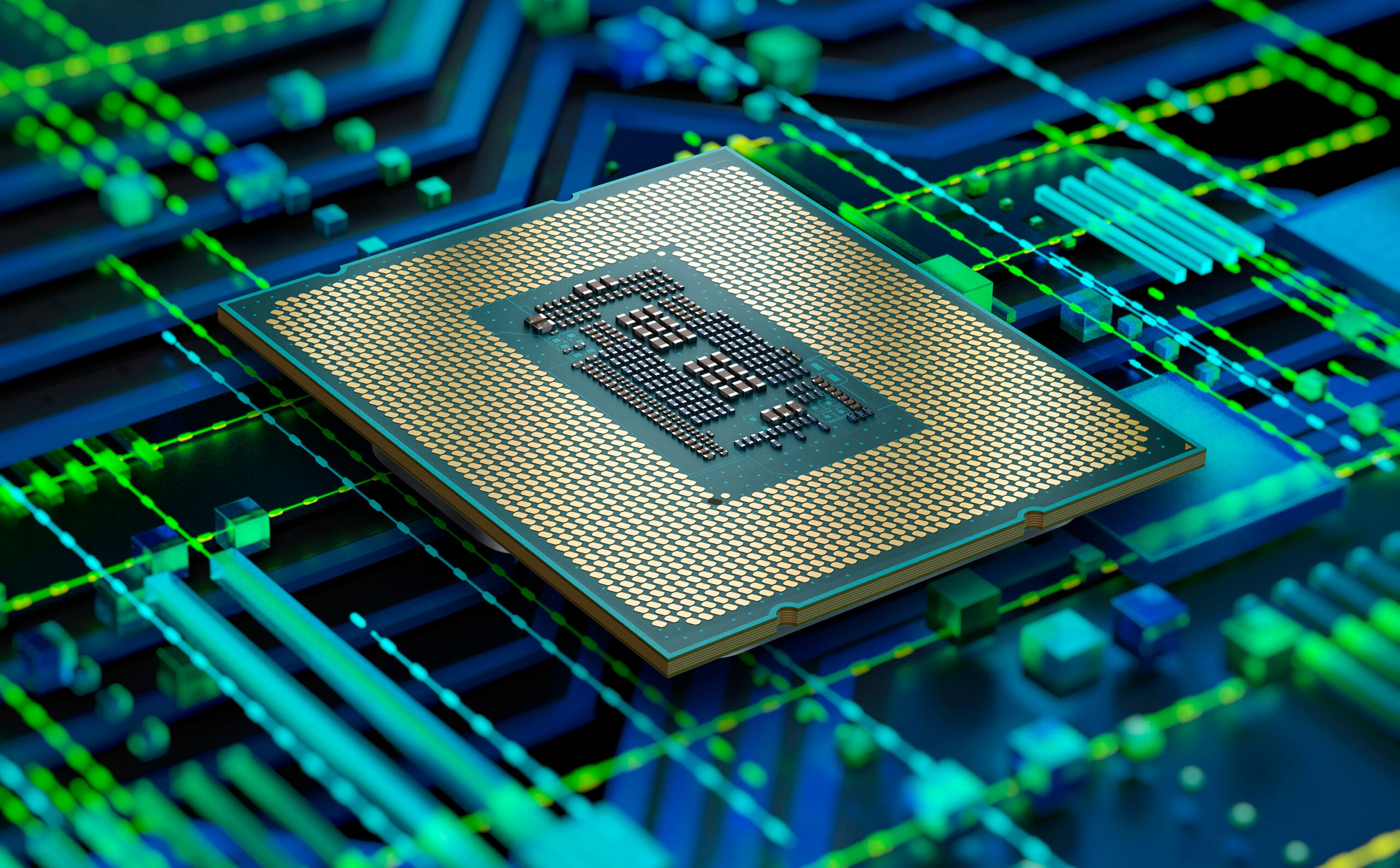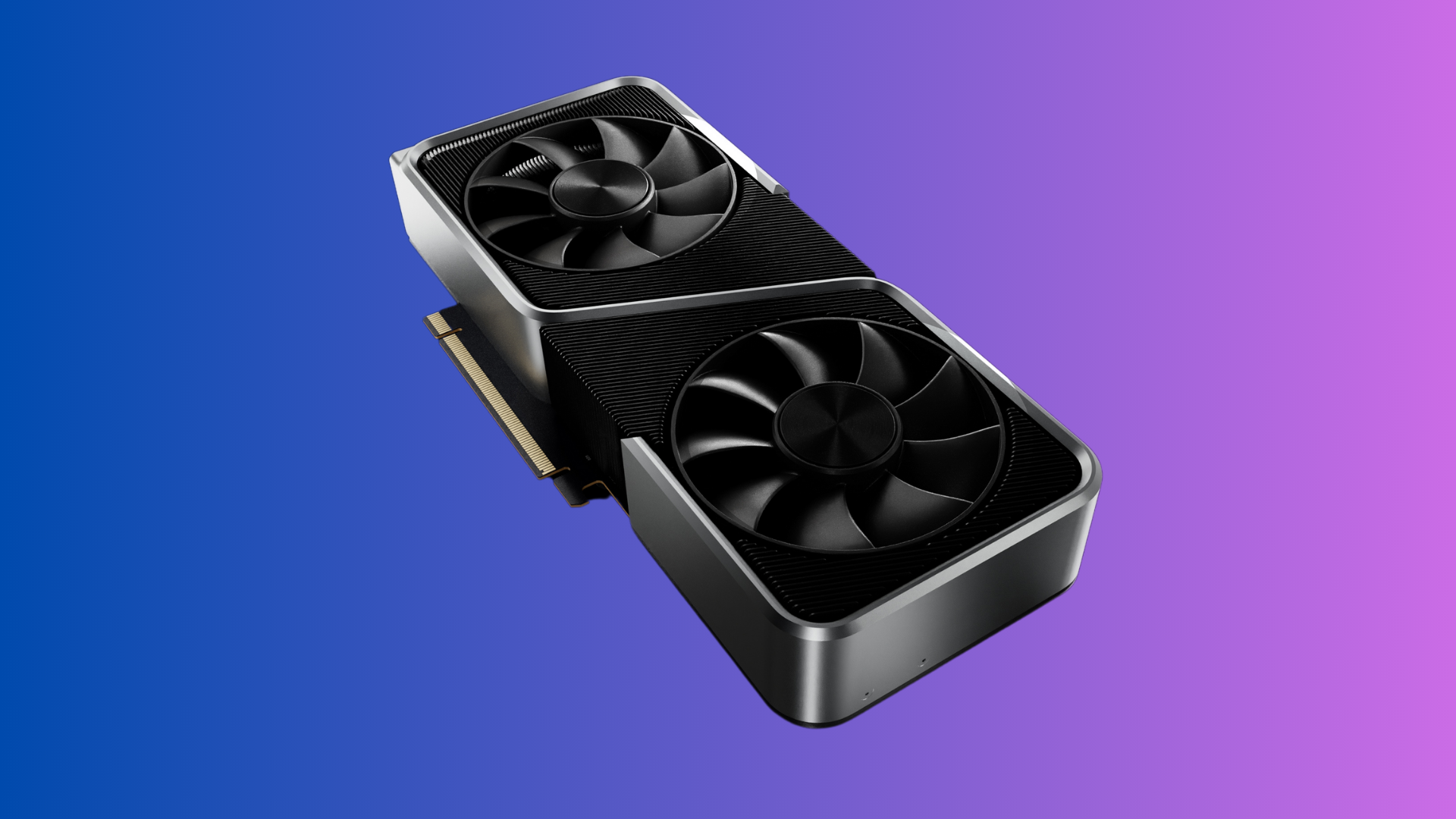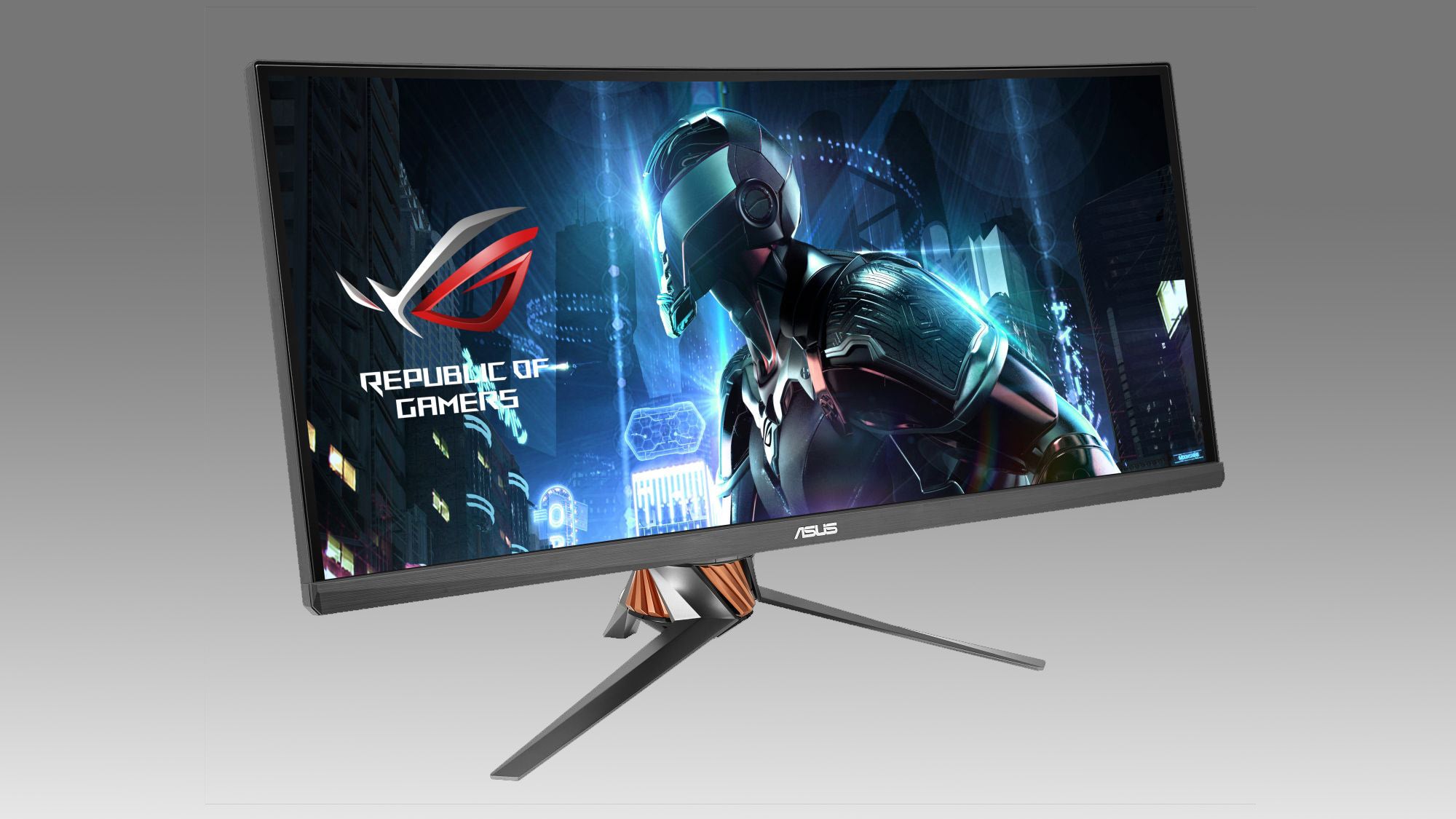What is VRAM? A beginner’s guide to GPU video memory

There are plenty of specs to consider when looking into buying a graphics card but VRAM is one of the most important. Here’s our clear and concise introduction to the key GPU specification.
If you’re up on the graphics card discourse, you may have seen discussion over the amount of VRAM included on Nvidia’s recently released GeForce RTX 4060 Ti and RTX 4060, with a reduction on some models from the previous generation. We’ll have to see how this plays out in our review testing but, for those unsure of just what VRAM is and why it matters, we’ve put together this simple guide.
Whether you know your CUDA cores from your RT cores or your MHz from your cache (or even if you just had no idea what that all meant), we’re here to give you all the key need-to-knows on VRAM, a spec that can have a big impact on your gaming performance.
What is VRAM?
VRAM stands for video random access memory and is the dynamic storing of high-speed image data for showing on a display. VRAM is often referred to as GPU memory, as you find it on graphics chips, and modern models are often of the GDDR6 standard (with GDDR5 and GDDR4 preceding it). The amount of VRAM you have can greatly affect the capabilities of your PC, specifically for graphically intensive tasks like video games and creative work.
For example, the Nvidia GeForce RTX 4060 features 8GB GDDR6 VRAM. Having 8GB VRAM means that the RTX 4060 can temporarily store 8GB worth of memory to then use to render imagery. In simple terms, more VRAM equals the ability to display more complex images. However, a lot of different factors beyond VRAM can impact the quality of images shown, from the graphics card architecture and its wider specifications to other components in your system, such as the CPU, standard RAM (random access memory) and storage speed.
When looking at what graphics card to buy, as a general guideline, you can consider 4GB VRAM as a minimum for 1080p gaming, 6GB for 1440p and 8GB for 4K. However, again, your wider system greatly impacts this as well as other factors of the GPU too, so just consider this a baseline.







